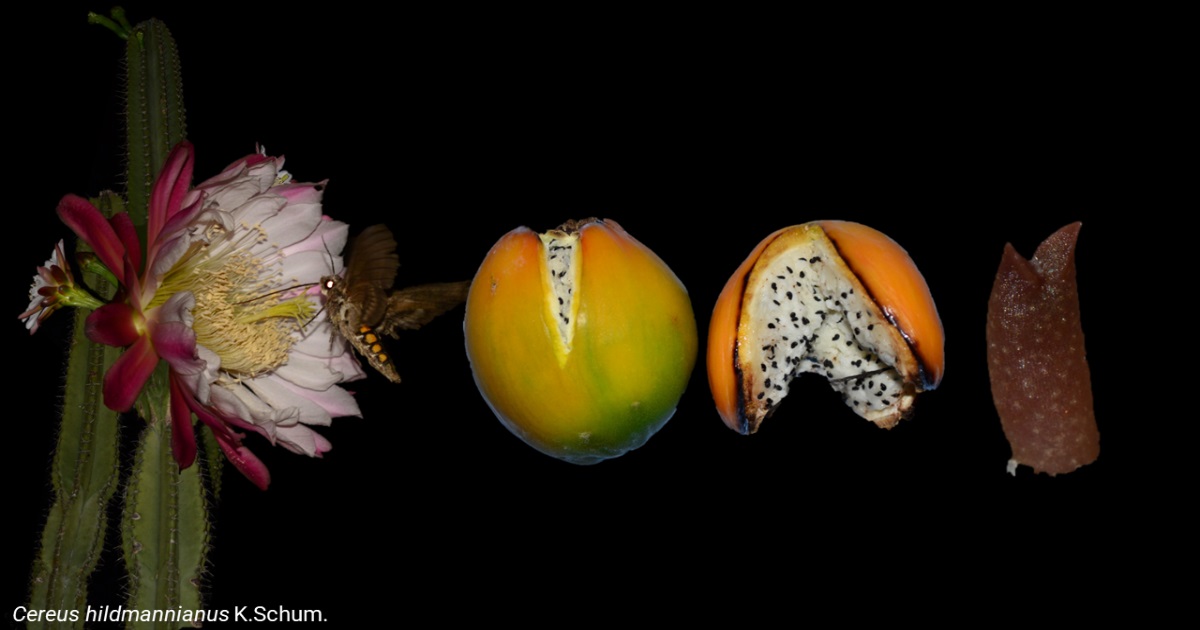Pollination in a Changing World
A special issue of Plants (ISSN 2223-7747). This special issue belongs to the section "Plant Development and Morphogenesis".
Deadline for manuscript submissions: closed (31 March 2025) | Viewed by 9941

Special Issue Editors
Interests: germination; breeding systems; pollination; orchids; Cactaceae
Special Issues, Collections and Topics in MDPI journals
Interests: biodiversity; conservation; ecology; native bees; pollinators; taxonomy; wild bees
Special Issues, Collections and Topics in MDPI journals
Special Issue Information
Dear Colleagues,
Plants are globally threatened by a synergy of habitat loss, lack of effective conservation policies, and global warming, as well. Many endemic and useful plants are threatened with extinction and vital information for their conservation and proper management is lacking: do these plants rely on animal pollinators to set fruit? To what extent do they need cross-pollination to set fruit and viable seed? It is important to keep in mind that all the factors mentioned above affecting plant survival will also affect the behavior and persistence of their animal pollinators. Thus, a collective, global effort towards increasing the understanding of the pollination needs and breeding systems of native plants seems imperative. Societies all around the globe would benefit from that knowledge, especially in developing countries that already use or value these plant resources in different ways. This knowledge would pave the way towards the conservation and sustainable use of this valuable biodiversity.
This Special Issue welcomes researchers all around the globe working with native/endemic/threatened plants of biological, economic, and/or ethnobotanical interest for their respective countries/societies.
Dr. Rodrigo Bustos Singer
Dr. Kit S. Prendergast
Guest Editors
Manuscript Submission Information
Manuscripts should be submitted online at www.mdpi.com by registering and logging in to this website. Once you are registered, click here to go to the submission form. Manuscripts can be submitted until the deadline. All submissions that pass pre-check are peer-reviewed. Accepted papers will be published continuously in the journal (as soon as accepted) and will be listed together on the special issue website. Research articles, review articles as well as short communications are invited. For planned papers, a title and short abstract (about 100 words) can be sent to the Editorial Office for announcement on this website.
Submitted manuscripts should not have been published previously, nor be under consideration for publication elsewhere (except conference proceedings papers). All manuscripts are thoroughly refereed through a single-blind peer-review process. A guide for authors and other relevant information for submission of manuscripts is available on the Instructions for Authors page. Plants is an international peer-reviewed open access semimonthly journal published by MDPI.
Please visit the Instructions for Authors page before submitting a manuscript. The Article Processing Charge (APC) for publication in this open access journal is 2700 CHF (Swiss Francs). Submitted papers should be well formatted and use good English. Authors may use MDPI's English editing service prior to publication or during author revisions.
Keywords
- angiosperms
- biodiversity
- breeding systems
- cross-pollination, endemism
- gymnosperms
- habitat loss
- management
- pollinators
- sustainable use
Benefits of Publishing in a Special Issue
- Ease of navigation: Grouping papers by topic helps scholars navigate broad scope journals more efficiently.
- Greater discoverability: Special Issues support the reach and impact of scientific research. Articles in Special Issues are more discoverable and cited more frequently.
- Expansion of research network: Special Issues facilitate connections among authors, fostering scientific collaborations.
- External promotion: Articles in Special Issues are often promoted through the journal's social media, increasing their visibility.
- Reprint: MDPI Books provides the opportunity to republish successful Special Issues in book format, both online and in print.
Further information on MDPI's Special Issue policies can be found here.







